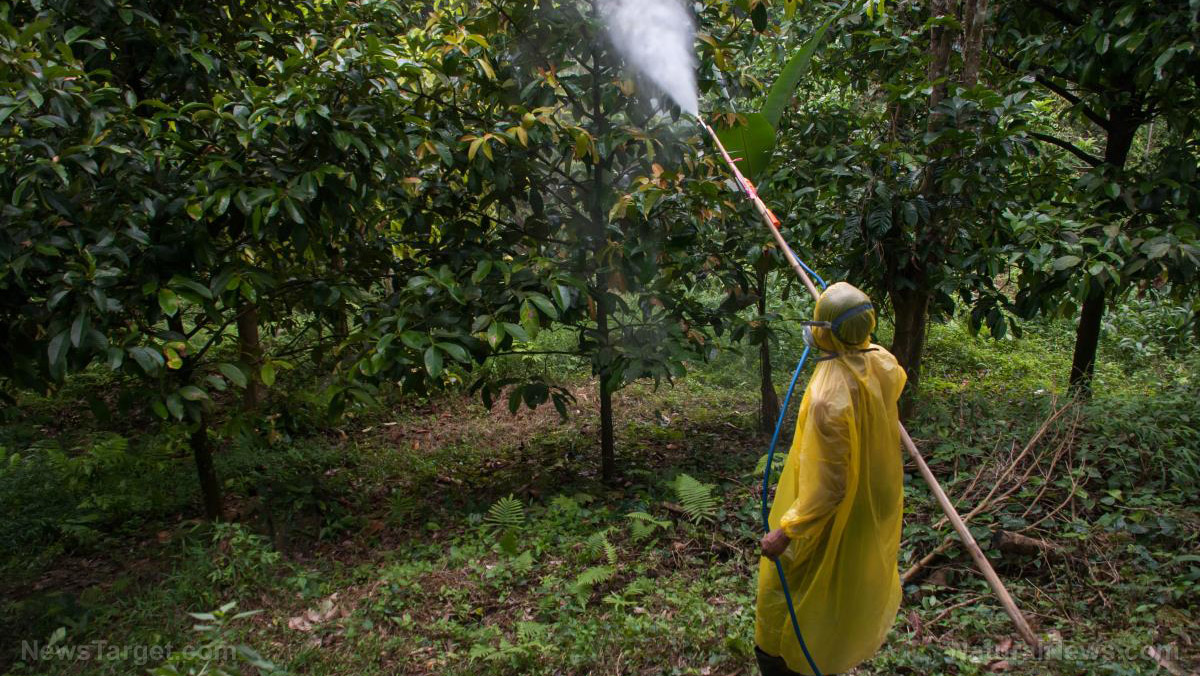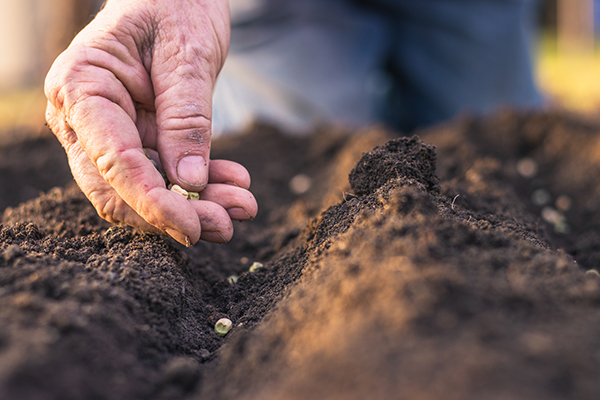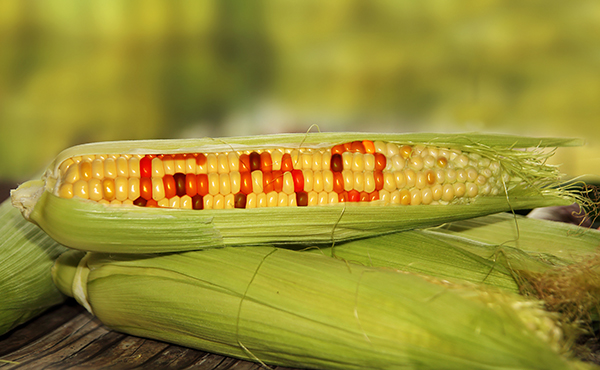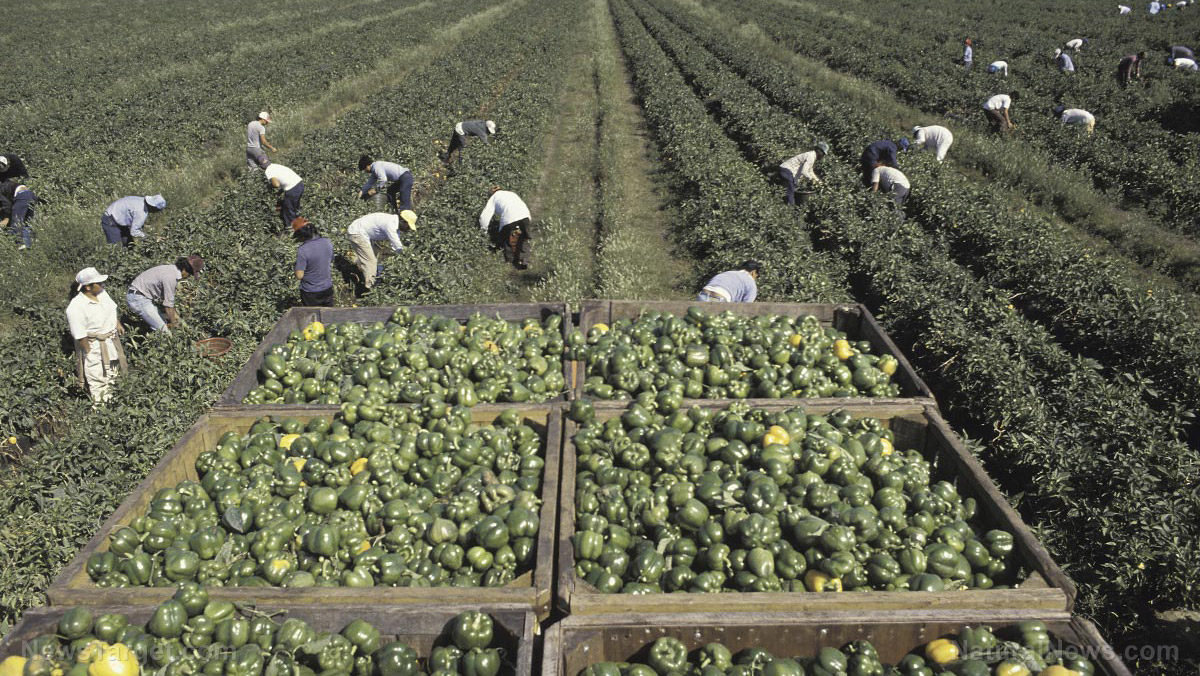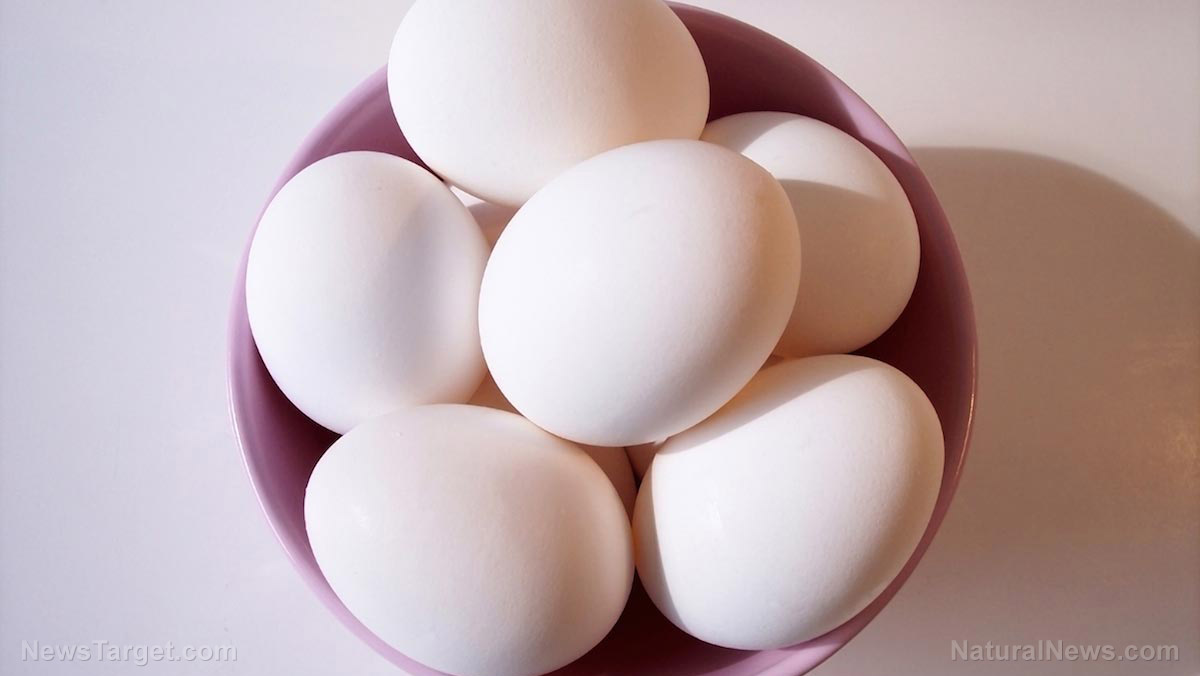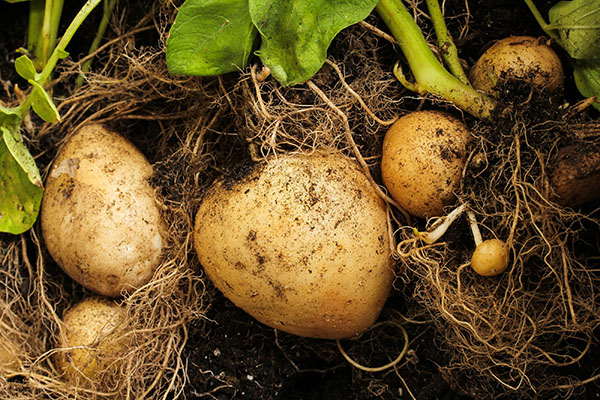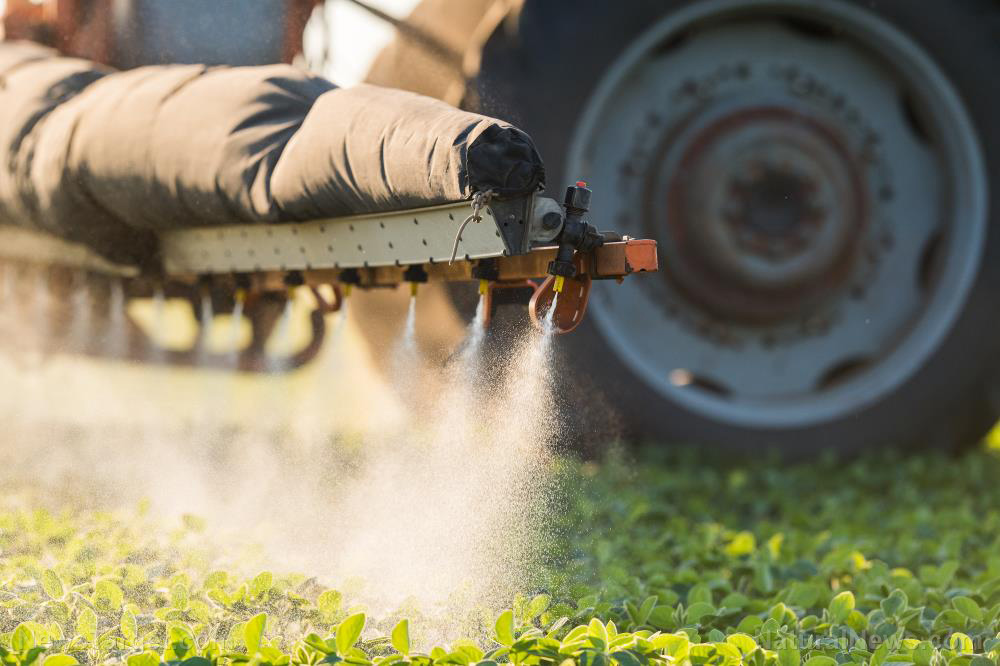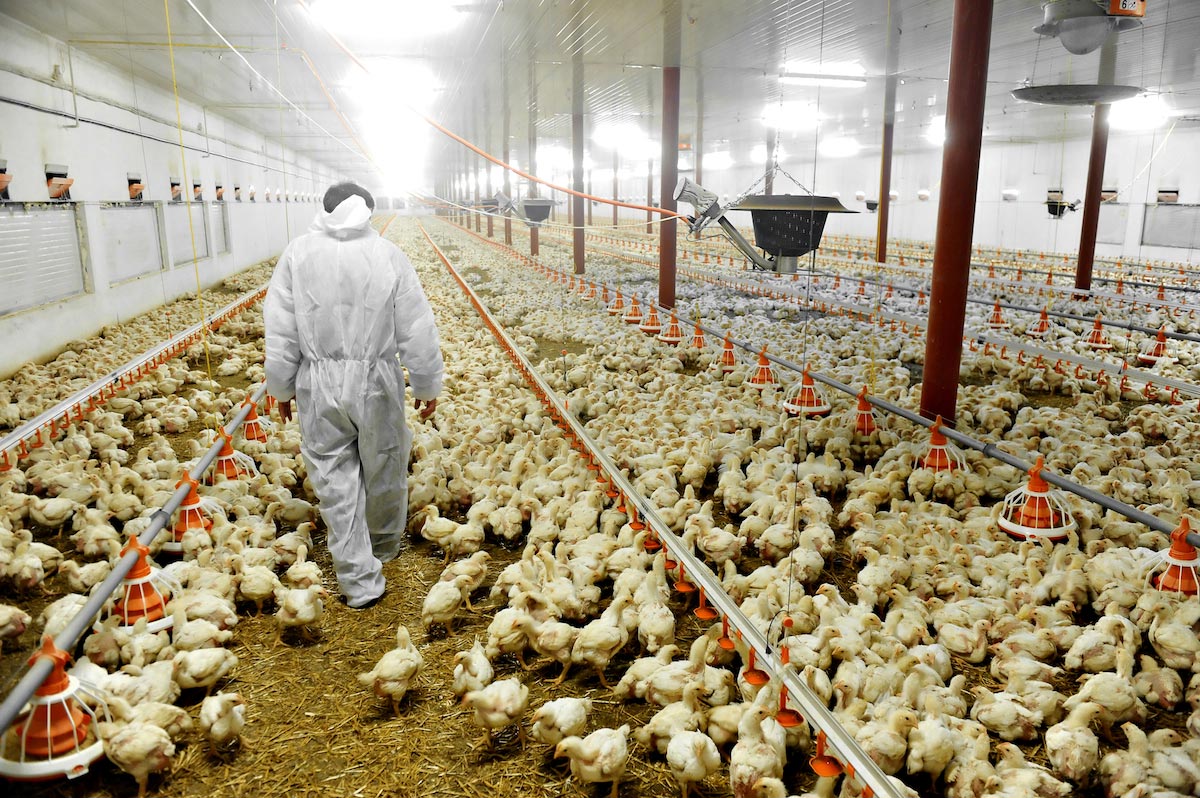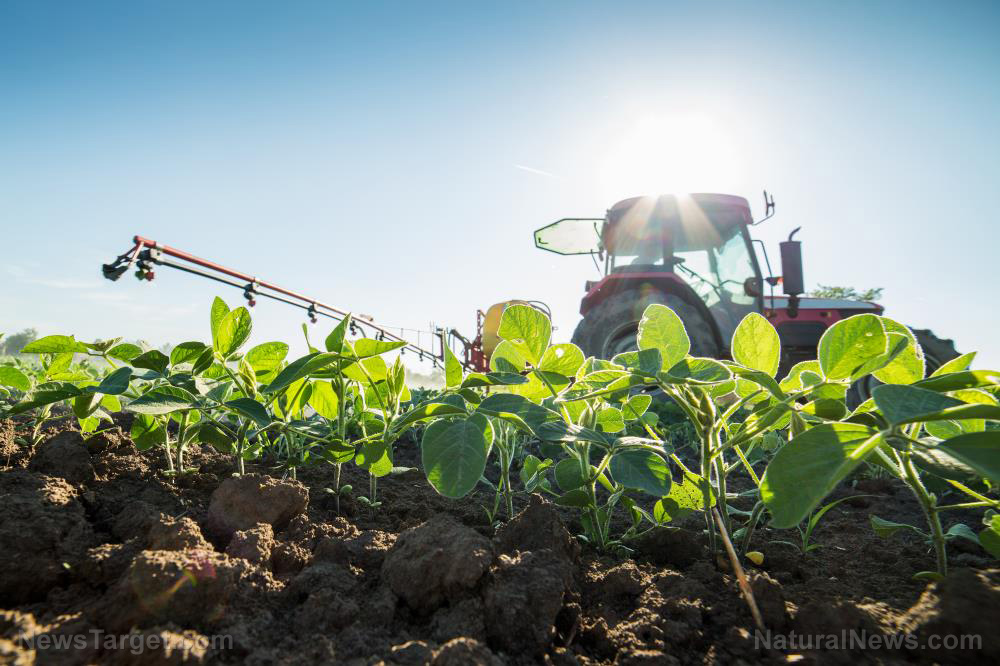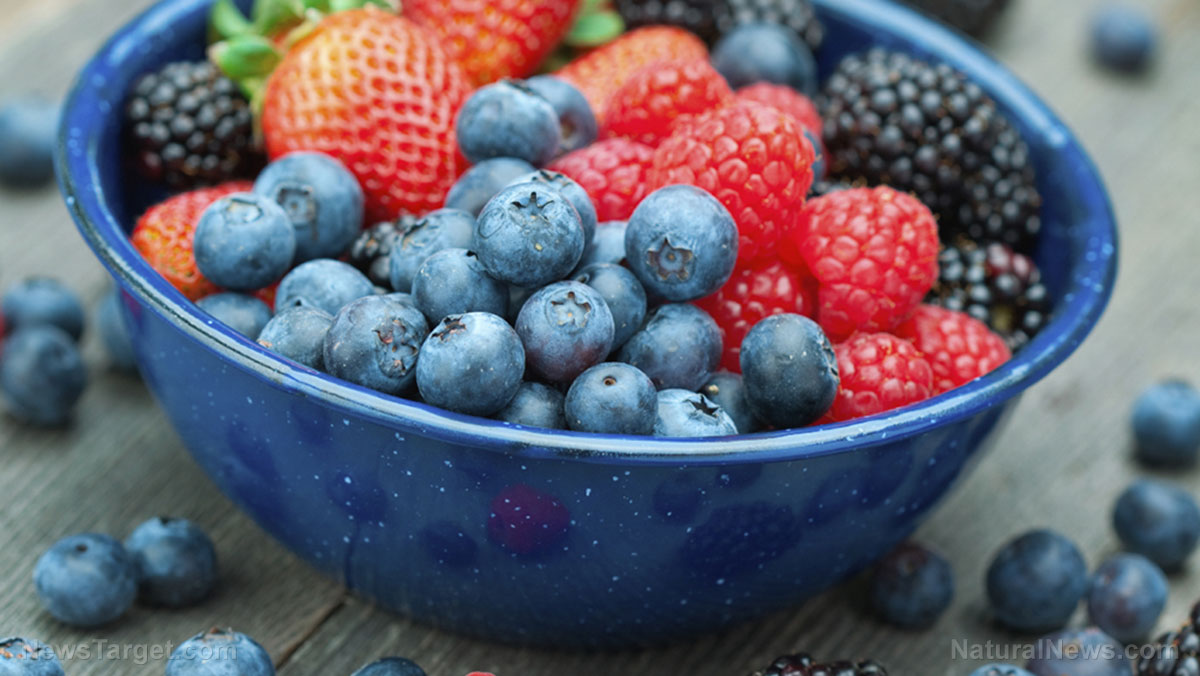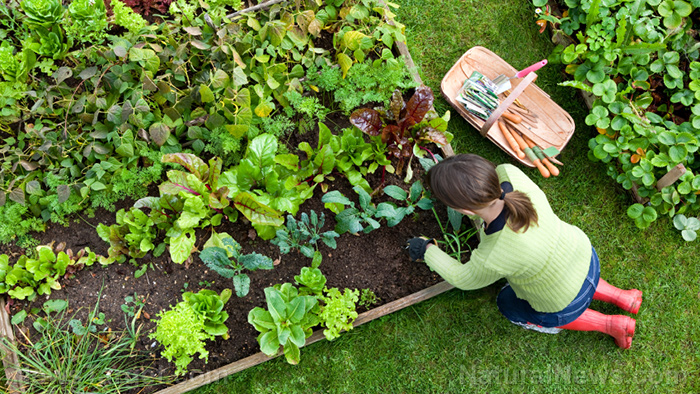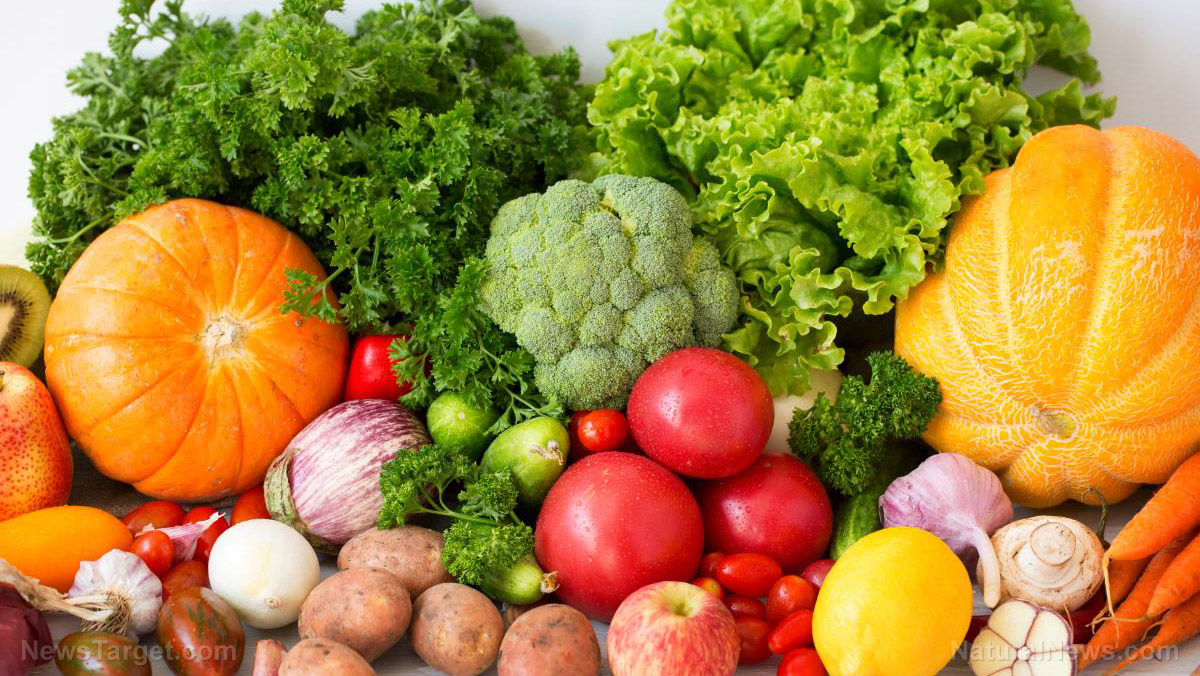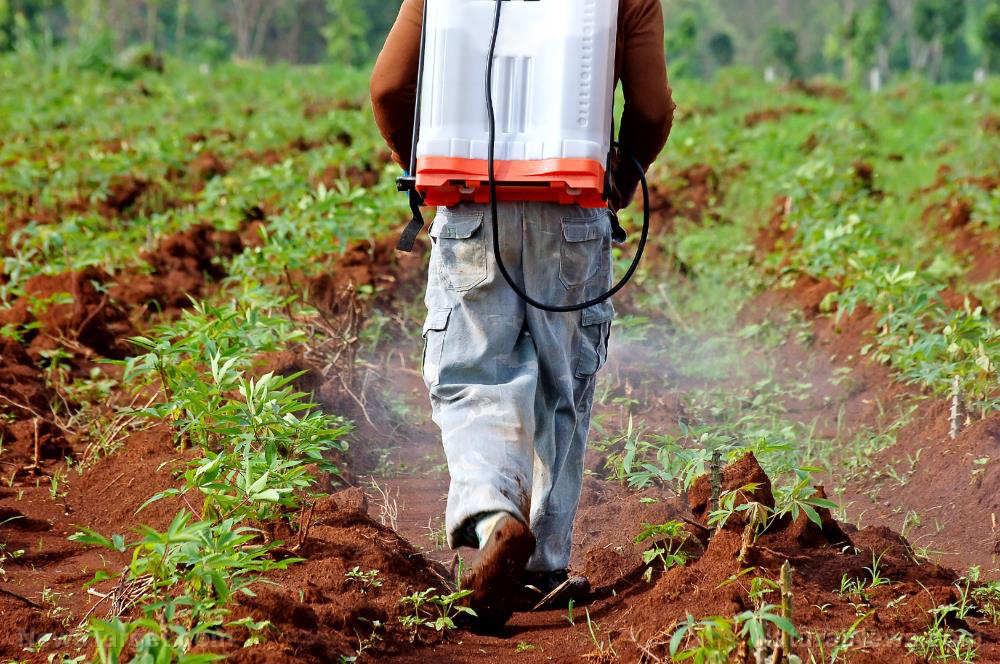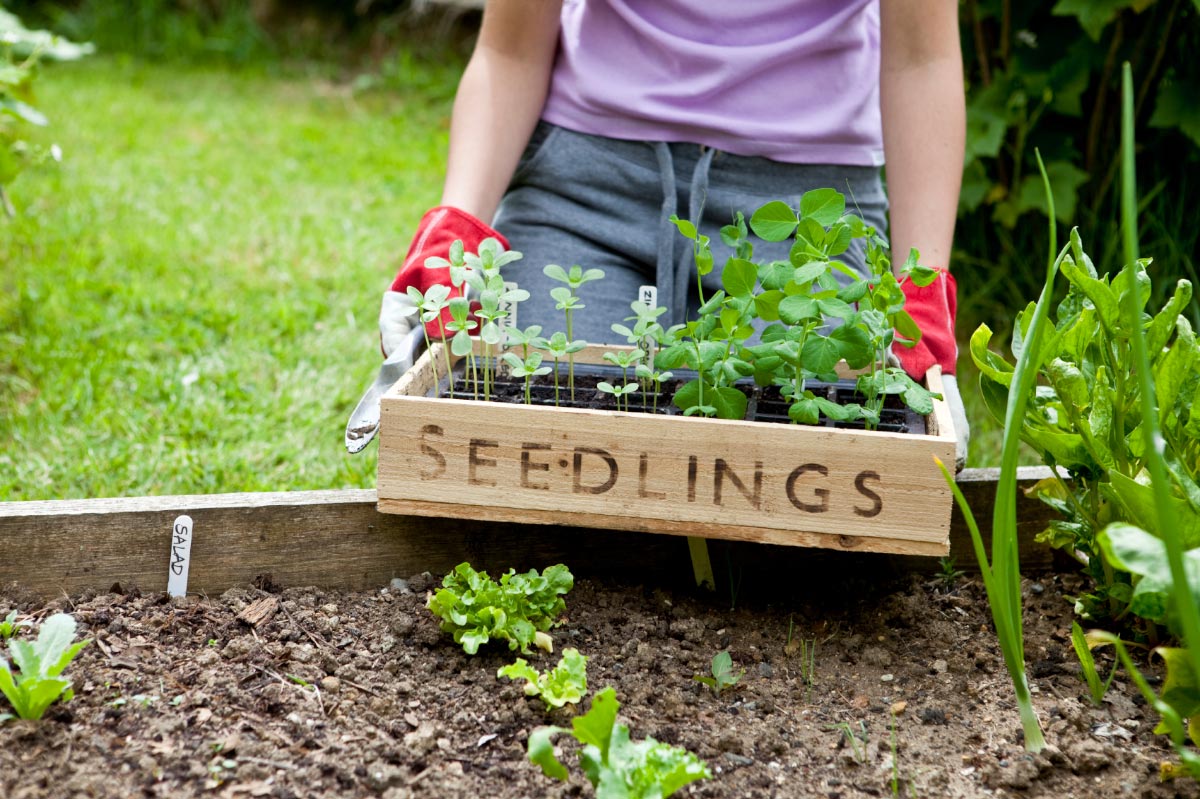Tips for cultivating black gold: How home composting transforms waste into life-giving soil
07/23/2025 / By Lance D Johnson
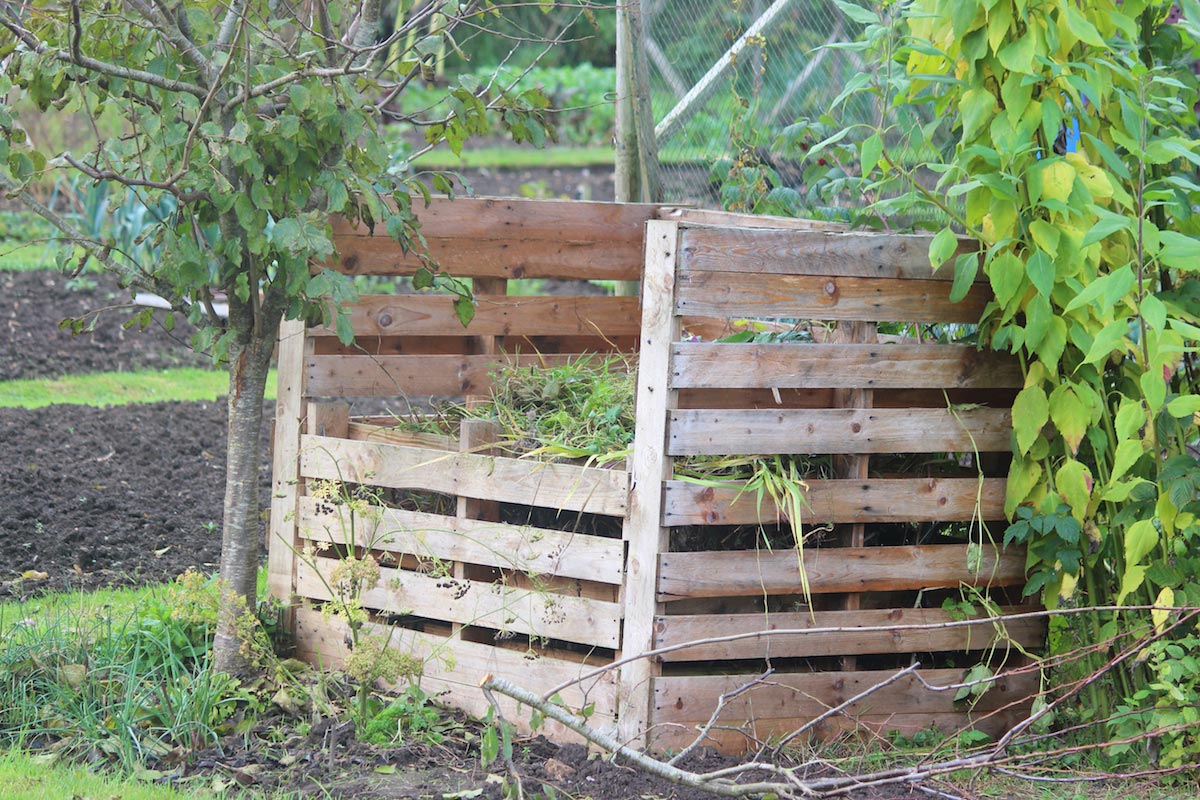
At its core, composting is nothing short of nature’s alchemy — an ancient, quiet magic that turns discarded scraps into fertility. Walk into any thriving forest, and you’ll see the process in motion: fallen leaves, broken branches, and dead trees crumple into a rich tapestry of humus over time. Yet in sterile city parks and manicured lawns, we strip this cycle bare, hauling away organic waste instead of letting it nourish the ground. The result is a barren earth starved of nutrients, dependent on synthetic fillers to feed the plants we love.
But here’s the radical truth: You can be the catalyst for renewal. By composting at home, you bypass the wasteful cycle of buying lifeless, industrial dirt and instead create a living tapestry of nutrients — one banana peel, coffee ground and stray leaf at a time.
Key points:
- Composting is nature’s own recycling system, replicating the way forests regenerate soil.
- Homemade compost surpasses store-bought versions, which often lack nutrient diversity.
- Nearly 25 percent of U.S. household waste is compostable, yet most people send it to landfills, paying municipalities to process what could be free garden gold.
- Mistakes like improper balance, neglect or adding harmful materials can stall decomposition or attract pests.
- With minimal effort — even without turning — anyone can cultivate thriving compost.
The ancient art of decay, supercharged
Long before chemical fertilizers, humans understood composting’s power. Early agricultural records from Mesopotamia and ancient China detail the deliberate layering of manure, straw and kitchen waste to revive tired soil. Today, science confirms their wisdom: Compost teems with microorganisms that bolster plant immunity, retain moisture and even combat soil erosion.
Yet modern convenience has divorced us from this cycle. We bag grass clippings, trash vegetable scraps, and then purchase bagged compost — often made from monoculture byproducts like sawdust — lacking the vibrancy of a home mix. “Store-bought compost is like fast food for soil,” says urban gardener Lila Fernandez. “It fills gaps but doesn’t nourish. My homemade pile has eggshells, apple cores, even old newspaper — things that once lived, returning to the earth.”
Balancing the unseen recipe
Compost thrives on a dance between carbon (“brown” materials like dry leaves or shredded paper) and nitrogen (“green” materials like grass clippings or vegetable scraps). The ideal ratio? Roughly 50:50 by volume, though precision isn’t mandatory. A simple two-bucket system — one for browns, one for greens — can maintain equilibrium effortlessly.
But imbalance breeds trouble. Too much nitrogen invites a slimy, ammonia-reeking mess; excess carbon grinds decomposition to a crawl. Yet even lazy composters needn’t despair. “Cold” piles, left unturned, still break down — just slower. Shredding materials, layering thoughtfully, and keeping moisture like a “wrung-out sponge” can compensate for neglect.
When compost rebels: Pitfalls to avoid
Not everything belongs in the pile. Meat, dairy, or pet waste lure rats and pathogens; pesticide-laced weeds or treated lumber leach toxins. Even seemingly harmless grass clippings can mat into a stinking sludge if dumped wet. The fix? Let them dry first, transforming from green to brown — a small but pivotal shift.
Oxygen is compost’s silent partner. Anaerobic piles, robbed of air, reek of rotten eggs and stall decomposition. Turning the heap every few weeks reintroduces breath, but those unable to lift a pitchfork need not forfeit. Shredding materials finely, adding ventilation pipes, or insulating with straw can mimic a turned pile’s effects.
Finished compost is unmistakable: crumbly, jet-black, and smelling like petrichor after a storm. It may take months, but the wait is transformative. As agricultural researcher Dr. Evan Marks notes, “Compost isn’t just soil — it’s resilience. In a world of dwindling topsoil, it’s how we grow our future.”
For first-time gardeners — 20 million in the U.S. this year alone — composting is emancipation from dependency. It’s the quiet act of turning waste into sustenance, one scrap at a time.
Sources include:
Submit a correction >>
Tagged Under:
agriculture, backyard revolution, Composting, DIY compost, earthworms, green living, green waste, humus, mulch, organic farming, permaculture, regenerative agriculture, soil health, soil regeneration, sustainable living, Urban Farming, Zero Waste
This article may contain statements that reflect the opinion of the author
RECENT NEWS & ARTICLES
OrganicFarming.News is a fact-based public education website published by Organic Farming News Features, LLC.
All content copyright © 2018 by Organic Farming News Features, LLC.
Contact Us with Tips or Corrections
All trademarks, registered trademarks and servicemarks mentioned on this site are the property of their respective owners.

